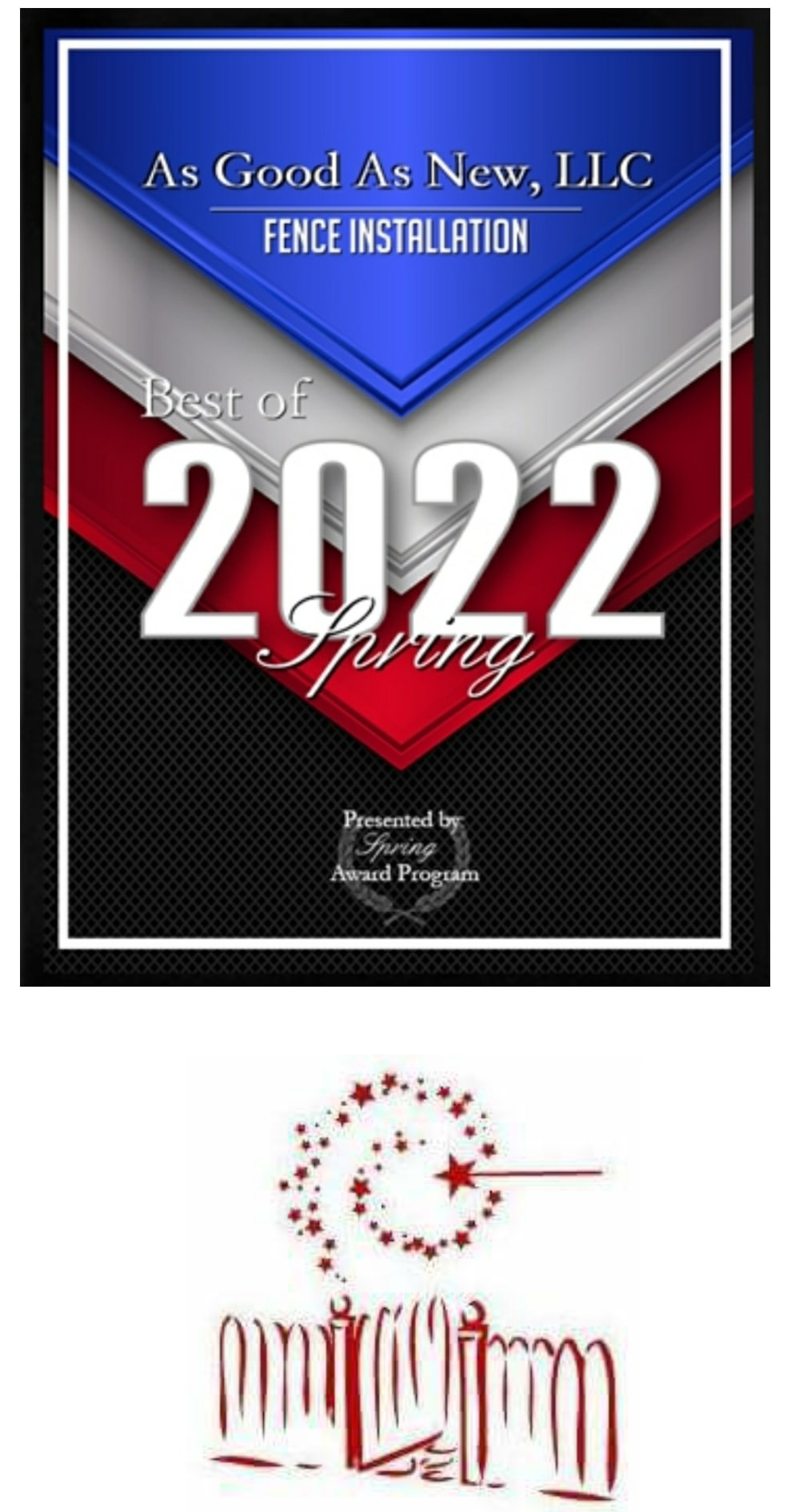7 Different Types of Wood Fences

7 Different Types of Wood Fences
Any type of wood fence can lift the overall look of one’s home. Depending on the aesthetic and functional features you wish to add, you can choose from various types of wood for fences. Some popular fencing designs are picket, wood lattice, post and rail, louver, and vertical board.
Whatever your purposes or designs, it’s essential to find the type of wood fence that best suits your needs. So let’s start with discovering why you should go for wood out of all the other materials you can choose from.
Why Choose A Wood Fence?
You’ll find many choice materials for fencing. Some folks adore the antique appearance of wrought iron, while others prefer PVC’s affordability and ease of use. However, many favor the timeless simplicity of a wooden fence.
A wooden fence serves various practical purposes, including gaining privacy, safely containing children and pets, reducing wind and noise, and preventing swimming pool accidents. In addition, the wood fence’s versatility enhances a home’s curb appeal, ultimately creating a strong aesthetic statement. Wood can also prove to be a cheaper material than iron if you want an aesthetic appeal.
Types of Wood Fences and Their Uses
Here are the various wood fences you can choose for your backyard, ranging from classic picket fences to more contemporary constructed models.
#1 Wood Picket Fence
These fences get their name from the widely spread pointy-topped pickets on them. Picket fences are typically 3 to 4 feet high and are best for pool enclosures, gardens and front yards because they deter climbing.
#2 Post and Rail Fence
Post and rail fencing, typically used to corral livestock, clearly defines separate properties like farms, so it’s best for enclosing fields and boundaries.
#3 Louver Fence
Vertical louvers or staggered boards provide property owners with privacy. This wood fence prevents unwanted onlookers while still allowing air to flow through. This makes this type of fence best for decks, pools, parking bays and patios.
#4 Lattice Fence
Like louver fences, the crisscrossing lath strips obscure the view of onlookers while letting light and air through. This is best for gardens, patios, pools and decks. Another advantage of this design is that you can enhance its aesthetics with climbing plants.
#5 Vertical Board Fence
Tall vertical planks that are overlapped or barged edge-to-edge guarantee seclusion. This fence shields wind, which is beneficial in the winter but less so in the summer. It is best for a larger space to be enclosed, such as the front and backyard.
#6 Split-Rail Fence
This straightforward wood fence design dates back to the Colonial era. Two to four rails are positioned between posts with lots of space using logs that have been “split” lengthwise into fourths or eighths. Split-rail fencing is best for boundaries.
#7 Shadowbox
The alternate pickets produce this fence’s key characteristic, which is a “shadow” look on both sides with a space in between. It seems solid when viewed from above, but the other side is visible at a certain angle. Shadowbox fencing is best for the front and backyard.
Type Of Wood Fences that Lasts Longest
It is important that your fence is not only aesthetically pleasing but also has longevity, as fences need to survive constant exposure to the weather. A fence composed of rot-resistant wood can last for roughly 20 years. With that said, the most durable and long-lasting woods include redwood, cedar and pressure-treated pine.
The type of wood you use is not the only important element of your fence. Make sure to use weather-resistant fasteners, heat-treated galvanized or stainless-steel screws and nails while putting your fence together.
Components Of A Fence
Nothing embodies the American dream more than a traditional wood picket fence. So here are its components:
- The Cap shields the exposed end grain of the post from external elements.
- The Post holds all parts of the fence.
- The Rail links the posts and supports the pickets.
- The Picket is mounted vertically on the rails and often has a pointy tip.
For basic fences, here are their components:
- Vertical Posts are buried into the ground for stability and support for all the fence components. These posts should be buried at least one-third into the ground.
- Horizontal Rails hold pickets, lattice panels or fence boards. These rails should be placed between 6 and 8 feet apart, depending on the height and style.
Factors to Consider When Choosing the Right Wood for Your Fence
Apart from your preferred design, there are factors to consider before deciding the type of wood for your fence.
Local Weather
Evaluate the weather before selecting a wood that can withstand your region’s conditions. To avoid untimely decay, take into account the following questions:
- Does it frequently rain where you live?
- Do you experience frigid temperatures higher than 100 degrees?
- Is the weather in your region consistent or extremely unstable?
Vulnerability to Insects
Termites can harm several kinds of wood, so be aware of the various wood types that are susceptible to insect infestation. You should avoid picking wood that hasn’t received pressure treatment or doesn’t have natural repellent properties. While this part can be tricky, you can always ask fence experts.
Your Budget
The wood you can use for your fence depends on your budget. The most durable and long-lasting wood fences may not be ideal if you have a tight budget.
However, you should be aware that investing in a longer-lasting wooden fence can save you money in the long run. If you plan to stay in your home for a long time, we advise you to invest in the type of wood with greater durability. On the other hand, more affordable wood with less durability is fine if your stay is temporary.
Fill out this form if you have any questions about the different styles and types of wood fences. As Good As New is a team of wood fence experts that can guide you through the entire process of designing and installing your fence.




